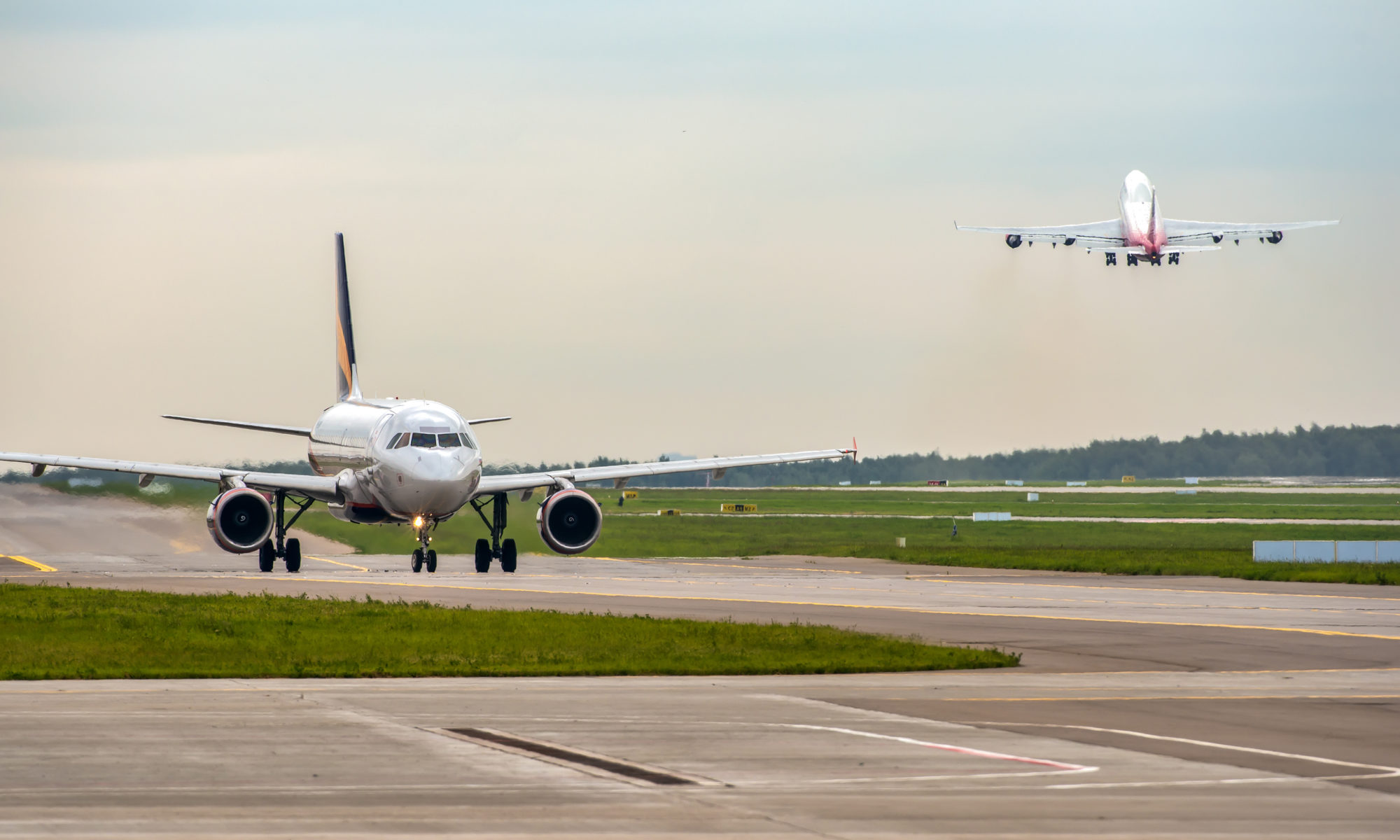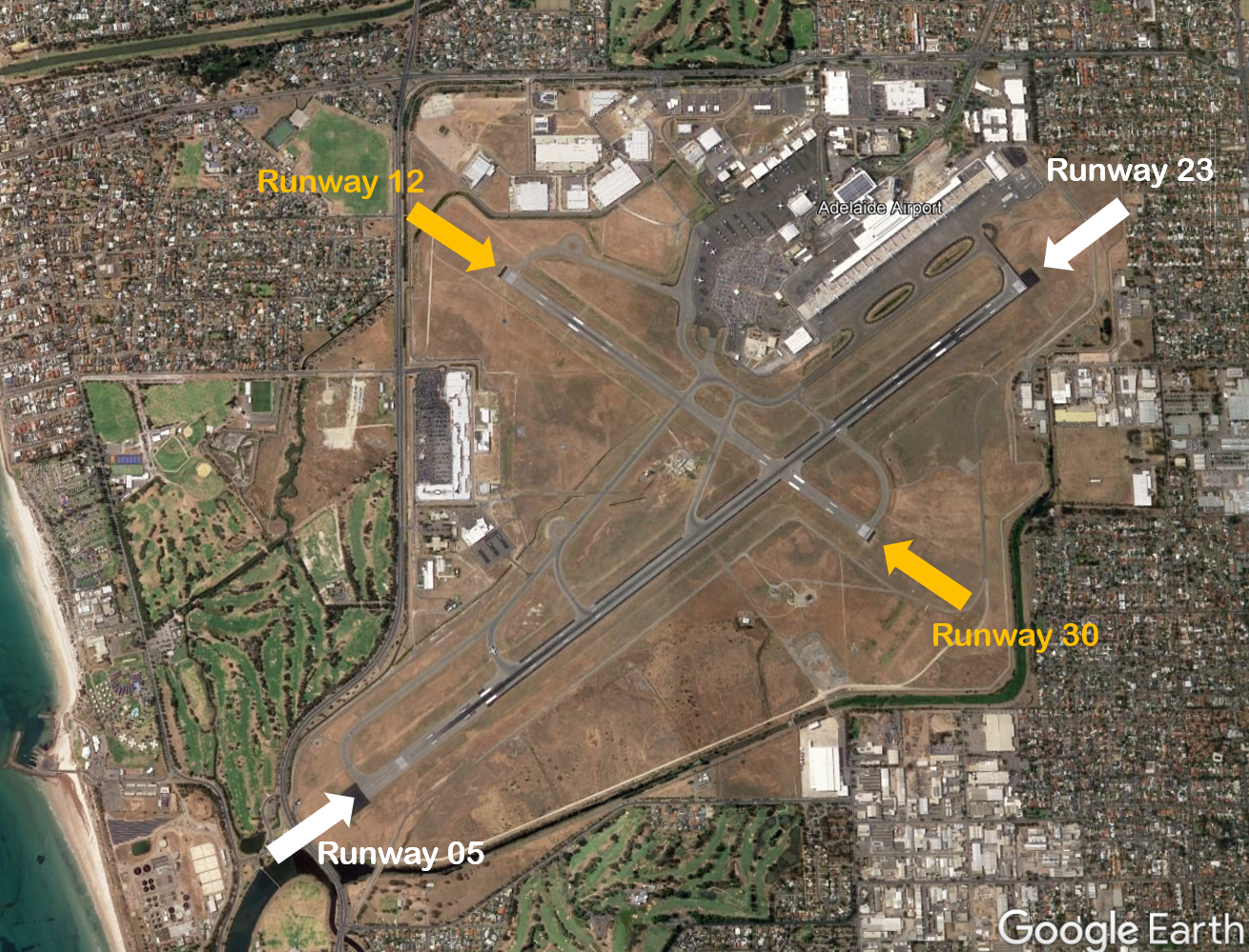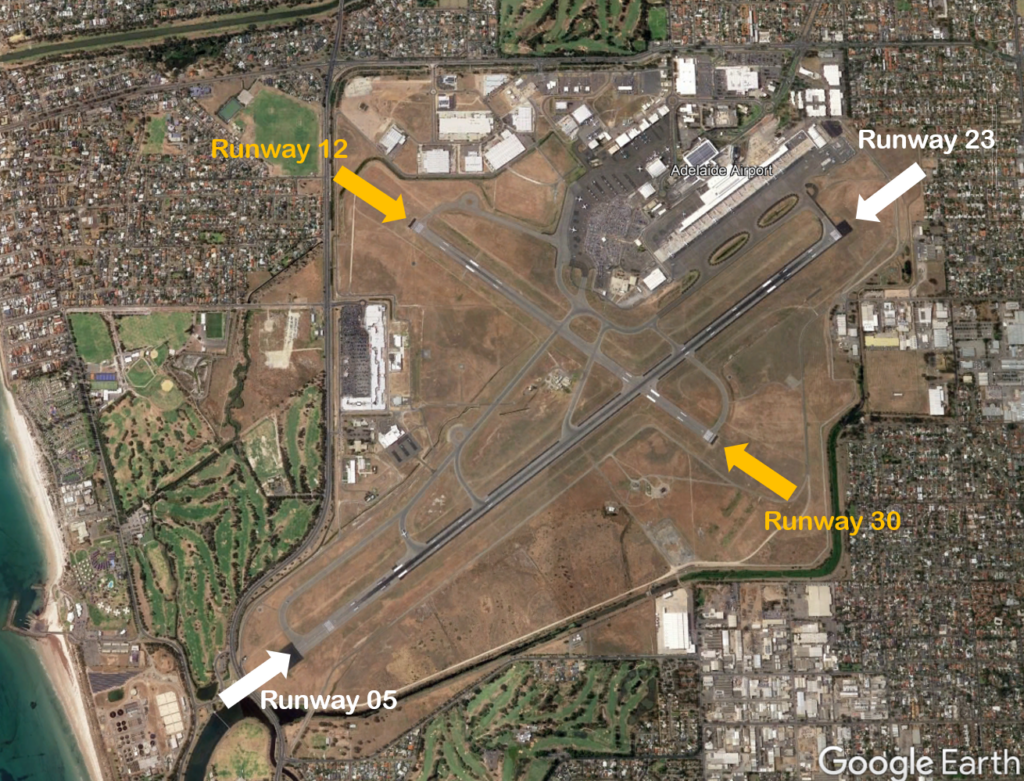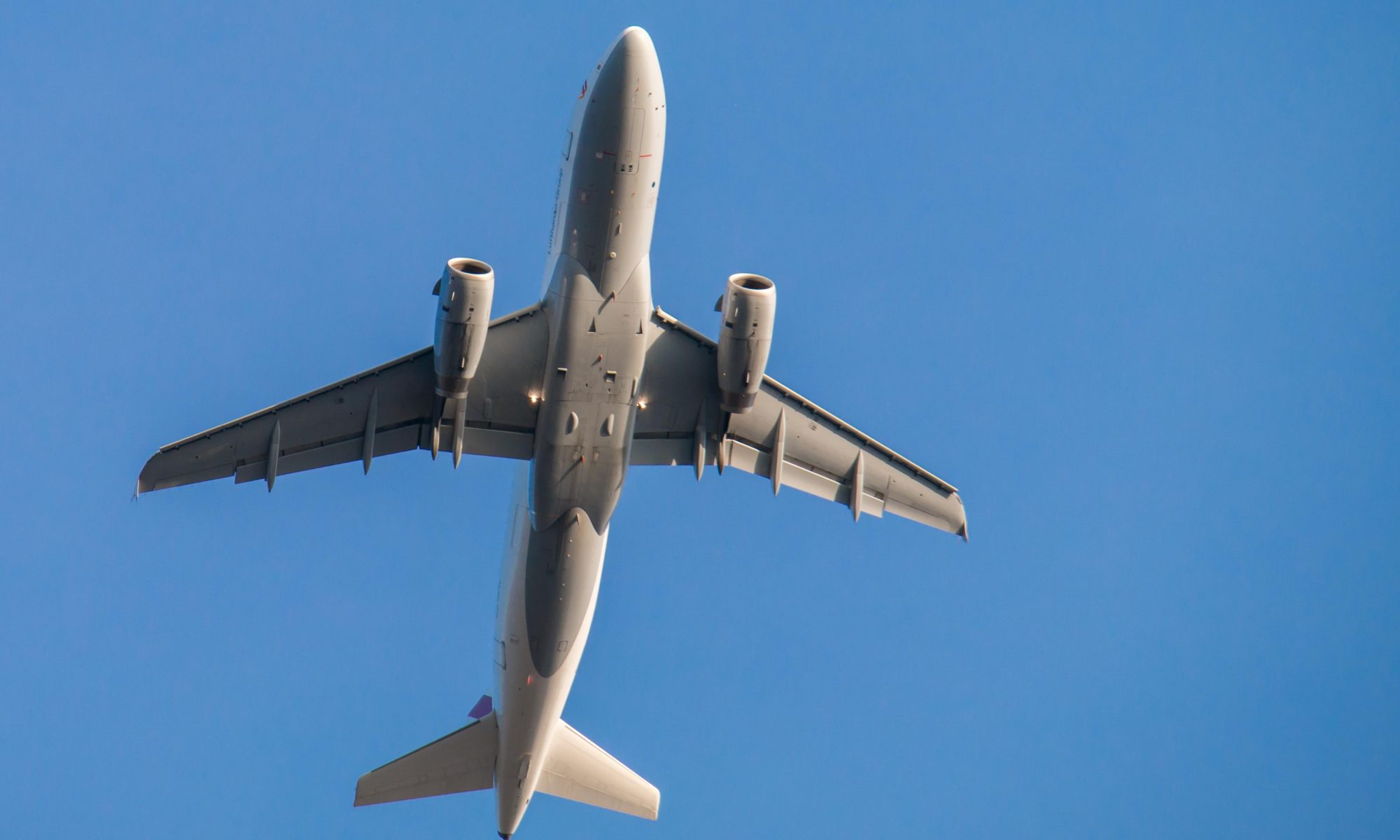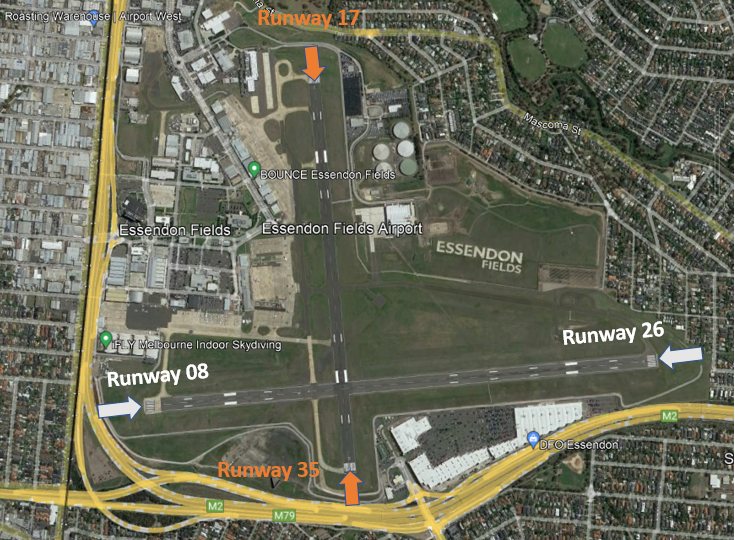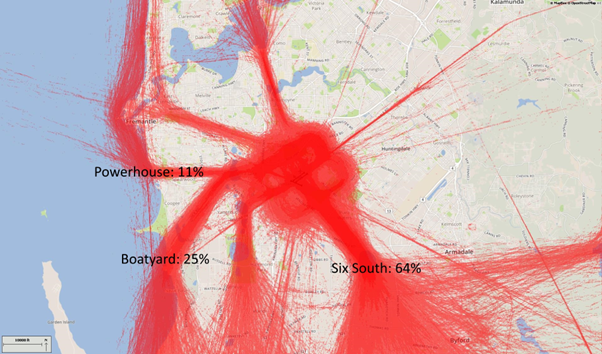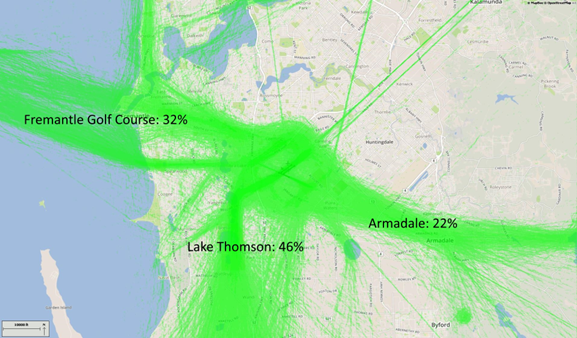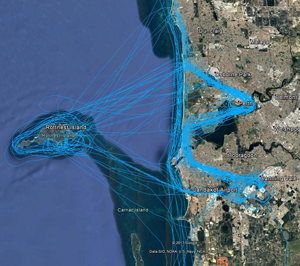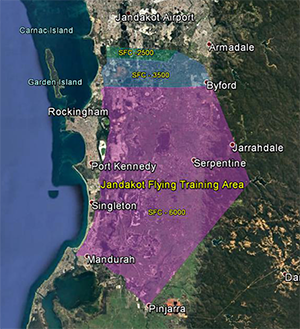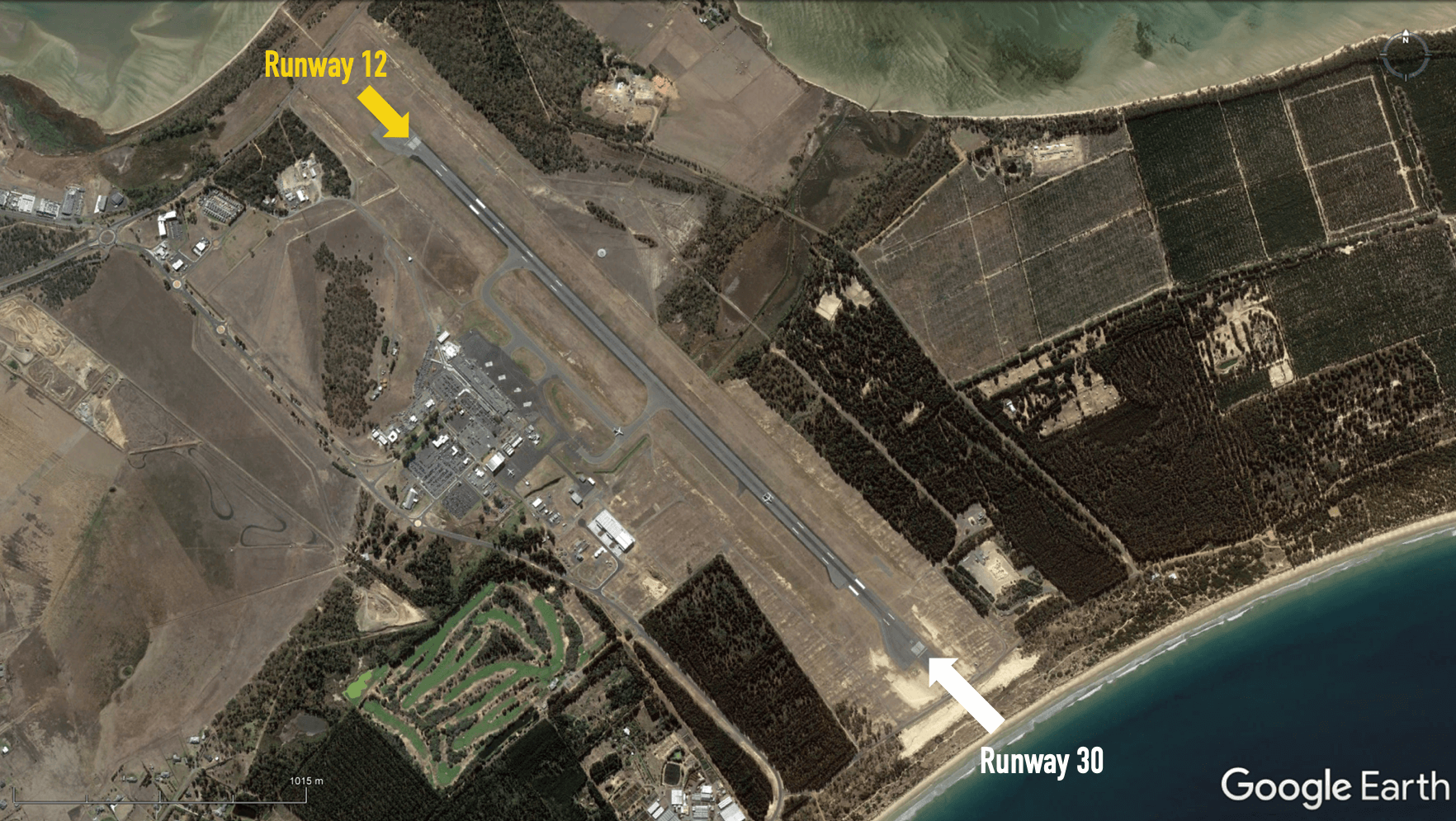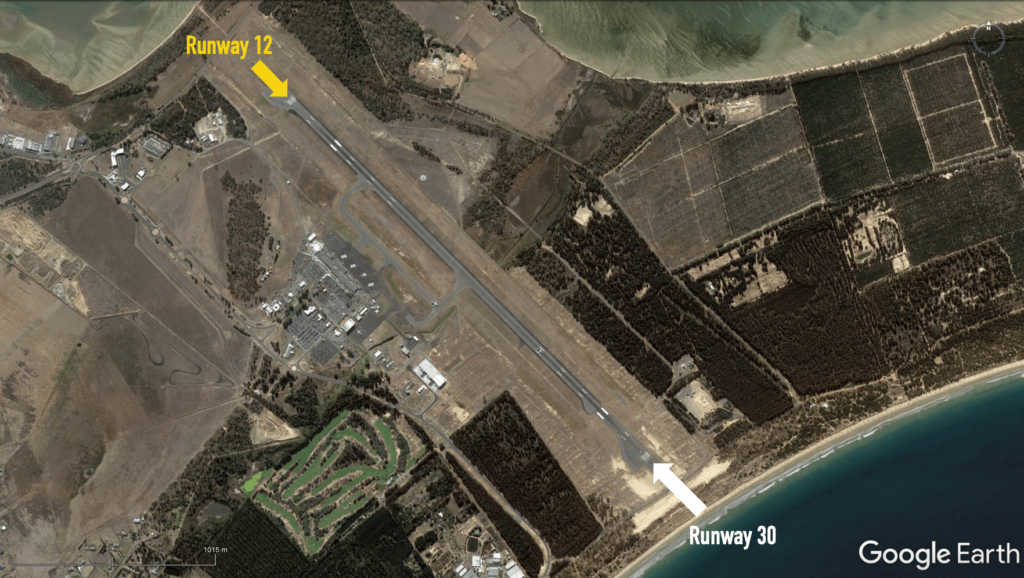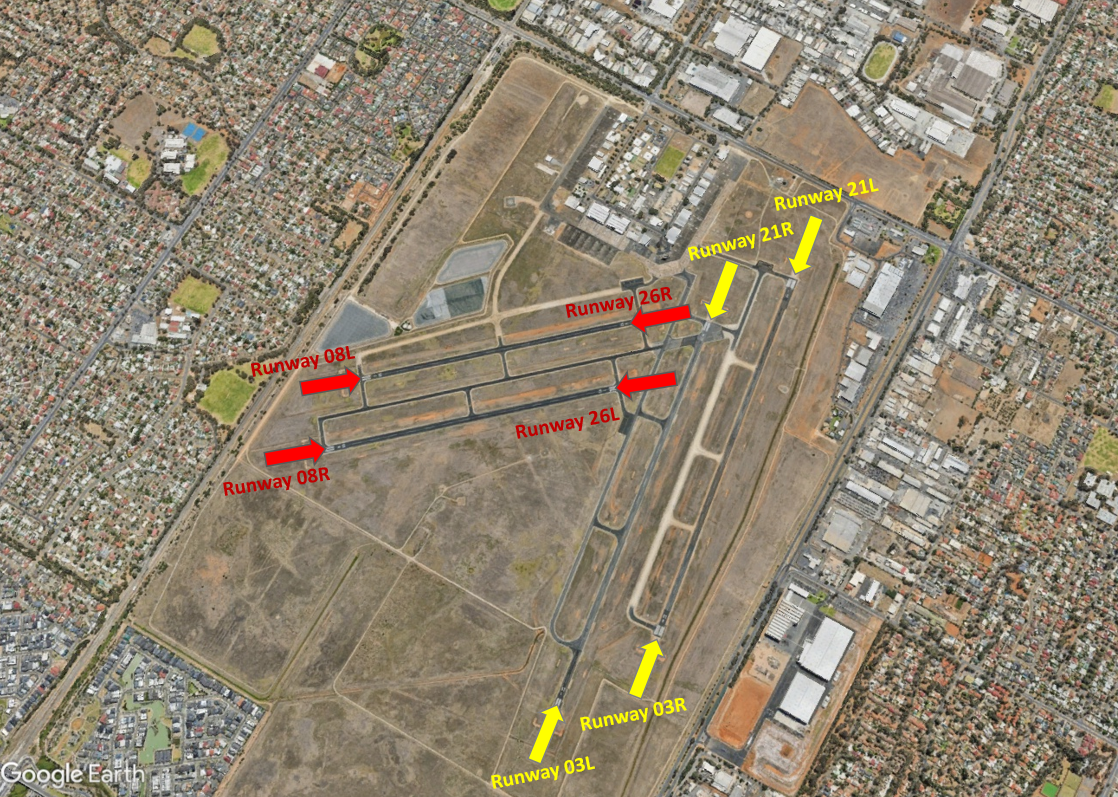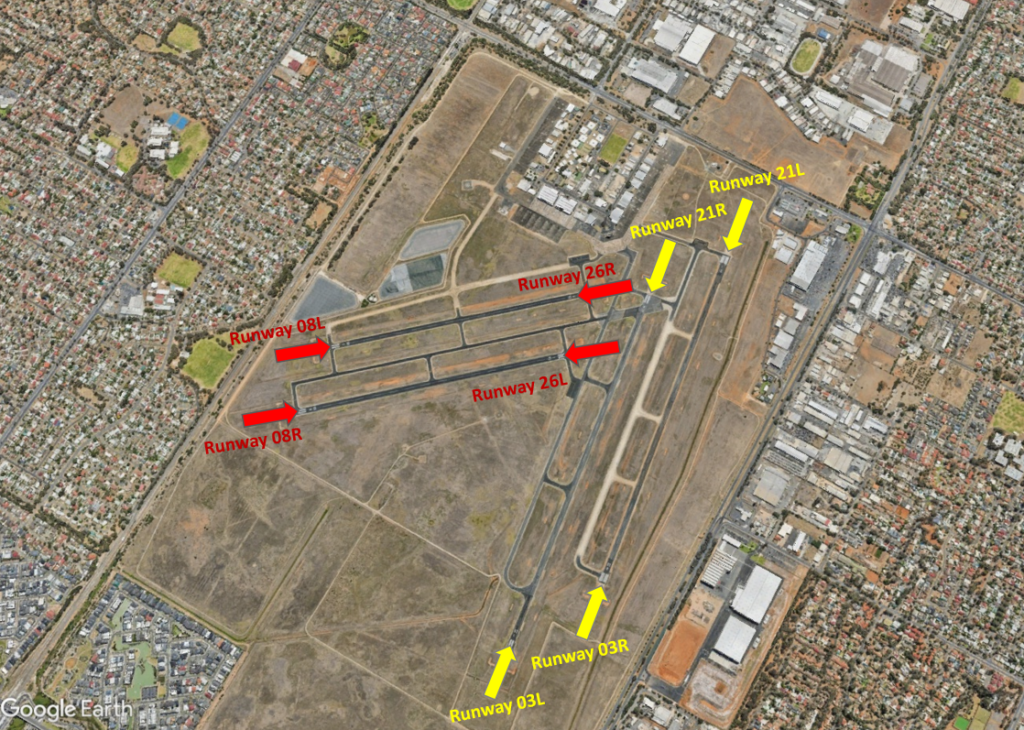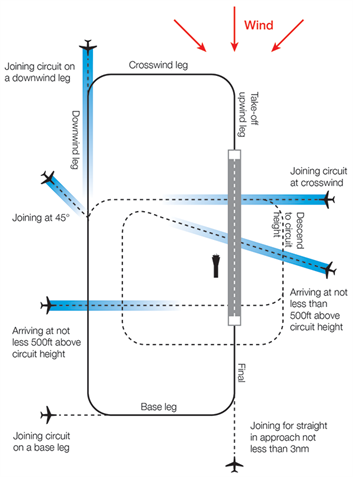The COVID-19 pandemic has had a significant impact on the global aviation industry. The number of domestic and international flights to and from Sydney Airport fell sharply throughout 2020 (by as much as 98 percent) when compared to 2019. With so few aircraft in the air, Sydney Airport closed the east-west runway (Runway 07 and 25) in early 2020 so airlines could securely park their grounded aircraft. For the last year, there have been no aircraft landing on or taking off from that runway.
At the same time, many more people began working from home and there was less traffic on the road. This resulted in an overall reduction in ambient noise levels. You may have noticed noises that you didn’t before, either because the environment was quieter or you started working from home.
What happens as flights start again?
As part of the COVID-19 recovery, the number of flights to and from Sydney are now gradually increasing. The east-west runway is reopening from mid-April 2021. Once the runway reopens, people living in areas beneath the flight paths for the east-west runway may notice aircraft flying overhead again. There will be no change to the airport curfew.
The number of flights using the east-west runway on any given day will depend on prevailing weather conditions and implementation of the Long Term Operating Plan (LTOP). For example, during periods of strong westerly or easterly winds, the east-west runway is the only runway that can safely be used. In other weather conditions, the east-west runway is often used in combination with Sydney Airport’s other two runways, particularly during non-peak periods and when runway demand is isn’t high. Non-peak periods are typically (*longer non-peak periods apply at weekends):
- 6am to 7am
- 11am to 3pm
- 8pm to 11pm.
These aircraft will use existing flight paths however following a time of reduced ambient noise and aircraft traffic, aircraft may seem louder than before.
Continued changes to local operations
Sydney residents will continue to see and hear changes to aircraft operations, including flight tracking and timing of activities.
These operations may include aircraft supporting emergency services, medical operations, and those providing important personnel movement, freight and logistics.
The data presented in this portal is tailored to your area and can help you investigate the traffic levels before, during and as we recover from the COVID-19 Pandemic.
Who can I speak to at Sydney Airport?
Please contact: Mr Ted Plummer, Sydney Airport, Email – runwaysafety@syd.com.au, Phone – (02) 9667 6182

